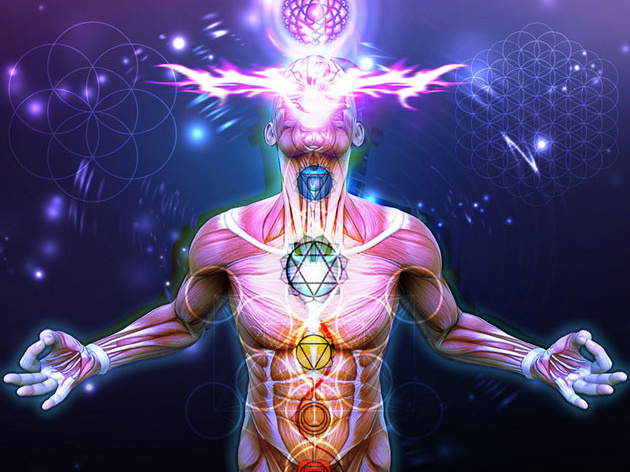When choosing diamond jewellery, it’s important to consider the quality of the diamond. This is typically measured using a grading system known as the ‘4 Cs’.
The 4 Cs system assesses four different stone properties: cut, colour, clarity and carat. These are each measured on a scale, which can affect the value of the diamond.
This guide delves into each of the 4 Cs in greater detail, so that you know exactly what to look for when choosing the best diamond within your budget.
Cut
The ‘cut’ is pretty much a means of measuring the sparkliness of a diamond. Each diamond stone is cut into shape from a raw diamond – the sharpness of the angles and the level of polish can affect how much light the diamond reflects.
Cut is typically measured on a scale from ‘poor’ to ‘ideal’. The closer the cut is to ideal, the more sparkly – and also the more expensive. To give you an idea of the difference in cost, an ‘excellent’ diamond can be as much as 10 to 15% more expensive than one ranked ‘good’.
Why does cut affect the price? Because more intricate work is required to shape the diamond, and also more diamond waste is created. Cut also tends to be the most favoured property of a diamond – many people don’t mind putting up with a smaller or cloudier stone providing that it has a sparkle.
There are some people that deliberately opt for poorer cut diamonds. In fact, you can even buy jewellery using raw uncut diamonds. However, such stones have a very niche appeal and most people would much rather have a shiny stone.
Colour
Some diamonds have a coloured tinge to them, while others are completely colourless. This colour is typically graded from ‘d’ (colourless) to ‘z’ (noticeably yellow/brown).
Colourless diamonds typically fetch a higher price than coloured diamonds. However, there are exceptions. Coloured diamonds with rarer tinges such as pink or blue are highly sought after by some people. This demand combined with their scarcity can make these diamonds just as valuable as colourless diamonds in some cases.
There are jewellers that can help you to shop for coloured diamonds if this is something you are interested in. Similarly, there are stores where you can shop for completely colourless diamonds if you prefer this.
Clarity
Clarity is used to determine exactly how clear a diamond is. Some stones are completely transparent and have almost no imperfections. Others can contain cracks of trapped particles of minerals known as ‘inclusions’, which can give them a cloudier appearance.
Clarity is measured on a scale from ‘FL’ (Flawless) to ‘I2’ (Inclusions 2). While there is not too much of a price difference between lower clarity grades, the price difference becomes more drastic between higher grades ‘VVS1’, ‘IF’ and ‘FL’.
For many people buying diamonds, clarity is not as much of a dealbreaker as cut, colour or carat. That said, some people may be put off by a very cloudy diamond.
Carat
The carat is a measurement used to determine the weight and size of a diamond. It is probably the most well known of the 4 Cs and can often have the biggest impact on the price along with cut.
Bigger is not always better when it comes to carat. There are some styles of ring that are better suited to smaller carat diamonds such as flush and swirl setting rings. A larger carat diamond may also lack the wow factor if it doesn’t also have a good cut.
Those that want an impressive diamond on a tight budget may be better off looking for a smaller carat diamond that has a higher cut, colour and clarity rating. The price tends to jump up whenever you reach a full carat. As a result, you’ll find a much bigger price difference between a 1 carat diamond and a 0.9 carat diamond than you would between a 0.8 and 0.9 carat diamond. This is typically because people like to show off about owning a 1 carat diamond.
Try to only opt for a larger diamond if you can also afford to opt for a relatively high cut, colour and clarity. You’ll also want to choose a style that can support and complement such a stone – traditional solitaire style rings are some of the best types of ring for showing off a larger stone. Bear in mind that rings can contain multiple stones, which can push up the total carat value.
